The best wireless chargers are a bit of a dream, breaking you out of the old rut of having to plug in your phone every time to sit down to work or sleep. Ditch your cables and quit wearing out your phone's charging port by getting yourself a handy wireless charger. It's easier than ever now that more wireless chargers are switching to USB-C so you can stick to one cable.
Fast, slim, and adaptable
Belkin Boost Charge 15W Wireless Charging Pad
Staff pick
Belkin sells flat pads and stands with speeds from 7.5W all the way up to this 15W beauty, which is available in black or white. The outer edge has non-stick pads to keep your phone in place, and it comes with a AC adapter so you can skip the QC/PD confusion.
Best for Galaxy
Samsung Wireless Charger Trio Pad
This is the perfect charger for those who have a Galaxy smartwatch and/or Galaxy Buds, as you can charge all three here at the same time. The pad will also support 7.5W for iPhones and standard 5W charging for non-Galaxy Androids.
Affordably futureproof
Yootech 15W Fast Wireless Charging Pad
This sleek charging pad from Yootech features the same 15W EPP profile we need for fast-charging the Pixel 5 and Pixel 4 — as well as Samsung's 10W fast charging protocol — but it can be powered by either Qualcomm QuickCharge or USB-C Power Delivery.
Sit or stand
Spigen SteadiBoost Flex
Spigen's convertible Qi charger can either lay flat like a normal charging pad or unfold into a stand, propping up your device while you work on the computer or eat a midnight snack. It doesn't like Power Delivery input, but QC chargers are still cheap and plentiful
Functional and fashionable
iOttie iON Wireless Mini
Covered in a plush fabric in one of three colors, this wireless charger isn't exactly as "mini" as the name implies, but it's got a great look and it uses a USB-C port instead of the older micro-USB. It also comes with a wall charger in the box, unlike most.
Great for nightstands
ESR 15W Fast Wireless Charging
This unassuming charger is sleek, but has just enough non-slip on the top and bottom to keep it from sliding around. The LED indicator is also gentle enough to not keep you up at night. It also supports 15W charging for LG and the newest Pixels.
At home and on the go
OtterBox OtterSpot System
OtterSpot batteries can stack atop each other on the home base to charge via POGO pins, and while you're traveling, they'll charge your devices wirelessly or via USB-C. They also function as standard Qi pads when plugged in.
Stylish and Stable
Native Union Drop
These luxury chargers are covered with fabric and a non-slip texture, and they come in a variety of fun colors and patterns. This charger supports EPP for up to 10W charging, as well as 7.5W/5W standards.
Affordable and portable
Aukey Wireless Power Bank with 18W PD
This wireless charger can charge your phone on the go at up to 18W with Power Delivery wired charging. I love it because when I forget the cables, I can still wirelessly charge at 10W with this phone-sized bank.
Charge everything
Ampere Unravel 3+1
Ampere's Unravel is one of the more unique wireless chargers out there, allowing you to charge three devices when laid out flat. You can also prop up one device while wirelessly charging it, or take up the least space while folding it up accordian style.
Refined and reliable
Belkin Boost Up Wireless Charger Stand
Belkin is a great brand, and I love the way it helps ensure that a device is held exactly where it needs to be when in landscape due to how the side supports bump out from the pad. It charges Samsung and Pixel phones at 10W and iPhones at 7.5W.
Best Wireless Car Charger
iOttie Easy One Touch Wireless 2
With the EPP protocol for charging the Pixel 4 — and most other Android phones — at 10W, iOttie combines the most popular car mount on the market with a reliable Qi charging pad so you can top off as you drive.
The best wireless chargers for Android, iPhone, and beyond
For a flat pad, Belkin has made a comeback in the wireless charging space over the last year with a variety of 10W and 15W wireless chargers that are Made for Google. They support the EPP charging profile that the Google Pixel 5 uses while still having the wireless charging profiles that Samsung and Apple employ for their phones. The Belkin Boost Charge 15W Wireless Charging Pad is slim, non-slip, and skips the Qualcomm QuickCharge/Power Delivery quagmire by using an old-school barrel-plug AC adapter instead, which means that while you can't swap the wall plug for it, at least you know you won't get slow speeds because you accidentally plugged into a slower wall charger instead.
For when you want to go vertical, I actually recommend going with a unique multi-port charger: the Unravel 3+1. It can fold up into a stand when you need to charge a phone while you're using it, but when you don't, it either folds out into three separate 10W charging pads. You can fold it accordion-style for one compact charging pad on a nightstand or a crowded desk. There's also the Spigen SteadiBoost Flex for use as either a flat pad or a stand when you need it.
Standards, standards, and more standards: What makes a good Qi charger so hard to find
Wireless chargers have been around for quite a while, but they've really gained steam in the last three years since Apple finally added Qi charging to the iPhone 8 and up. However, just as we once had to make sure a fast wired charger adhered to the particular standard our phone once used, wireless chargers have a half-dozen different charging standards and protocols that are hard to condense down to a product name or bullet-note in a feature listing. So let's start with the most important standards on a Qi charger, the actual charging specs:
- 15W EPP: This is the Qi Wireless Consortium's "Extended Power Profile" and it's a relatively open standard, though the list of phones using it right now is relatively small, including LG phones, the Google Pixel 5, and the OnePlus 8 Pro (when not using OnePlus's own charger for proprietary 30W wireless charging).
- 15W Samsung: This is technically Samsung Fast Charge Wireless 2.0, and we've yet to find any chargers outside Samsung's own 15W Wireless Charger Stand. You can only charge the Note 10 Series and the S20 Series at 15W right now, and even then, actual charging speed is more like 12W.
- 10W Qi: Of the 10W charging specs, the standard 10W is what most chargers and Android support. This can sometimes be using the EPP profile, sometimes it's not, and sometimes it's not the standard Qi because it's actually the Samsung profile instead.
- 10W Samsung: This is technically Samsung Fast Charge 1.0, and for a lot of wireless chargers, this is the 10W standard they mean when they say they're a 10W charger. The charging speed you'll see on a compatible Samsung device is closer to 9W that 10W.
- 7.5W Apple: 7.5W is the charging speed used for iPhones, and as such it's become a charging speed offered on almost all wireless chargers.
- 5W Qi: This is the basic Qi profile that all Qi chargers should support. Even if you can't fast-charge your particular phone on a particular charger, you should always be able to get 5W charging if your device supports Qi charging.
Since we've yet to find a wireless charger that supports all of these, we instead have to try and pick a charger that has the particular standards that we think our devices now and in the future can use. If you're a Galaxy user or iPhone user, your task is easy since most chargers have your protocols. The rest of us should be seeking out a charger with 15W EPP or 10W standard Qi charging.
Of course, there's the way a Qi charger is powered: most Qi chargers worth buying don't have a permanently attached AC wall adapter. Two outdated standards are still rampant in the Qi charging market — Micro-USB input ports and Qualcomm QuickCharge 2.0/3.0 fast charging — but more USB-C based chargers are becoming available that are compatible with Power Delivery charging. I've tried to highlight such chargers whenever possible because having a Qi charger that you can use with your Chromebook or MacBook charger is very handy, especially if you're trying to pair down on the number of chargers you need to bring along when traveling.
So, since there's a lot of standards at play here, here's which standards and speeds each these chargers support in handy chart form:
| Product name | Qi output specs | Input |
|---|---|---|
| Belkin Boost Charge 15W Wireless Charging Pa | 15W EPP Samsung 10W Apple 7.5W 10W Qi 5W Qi AC adapter |
|
| Anker PowerWave Alloy | 15W EPP Samsung 10W Apple 7.5W 10W Qi 5W Qi |
USB-C Qualcomm QuickCharge | Power Delivery |
| Samsung Trio | Samsung 12W 5W Qi |
USB-C Qualcomm QuickCharge |
| Yootech 15W | 15W EPP Samsung 10W Apple 7.5W 10W Qi 5W Qi |
USB-C Qualcomm QuickCharge Power Delivery |
| Spigen SteadiBoost Flex | 15W EPP Samsung 10W Apple 7.5W 10W Qi 5W Qi |
USB-C Qualcomm QuickCharge |
| iOttie iON Wireless Mini | Samsung 10W Apple 7.5W 5W Qi |
USB-C Qualcomm QuickCharge |
| ESR 15W | 15W EPP Samsung 10W Apple 7.5W 10W Qi 5W Qi |
USB-C Qualcomm QuickCharge |
| Native Union Drop | Samsung 10W Apple 7.5W 10W Qi 5W Qi |
USB-C Qualcomm QuickCharge Power Delivery |
| OtterBox OtterSpot | Samsung 10W 10W Qi 5W Qi |
USB-C Qualcomm QuickCharge Power Delivery |
| Aukey Wireless Power Bank | Samsung 10W Apple 7.5W 10W Qi 5W Qi |
USB-C Qualcomm QuickCharge Power Delivery |
| Ampere Unravel 3+1 | Samsung 10W Apple 7.5W 10W Qi 5W Qi |
USB-C Power Delivery |
| Belkin Boost Up Stand | Samsung 10W Apple 7.5W 5W Qi |
AC adapter |
| iOttie Easy One Touch Wireless 2 | Samsung 10W Apple 7.5W 10W Qi 5W Qi |
micro-USB Qualcomm QuickCharge |
The iOttie Easy One Touch Wireless 2 gets a pass on being micro-USB because it comes with the car charger to power it — and that car charger has a spare USB-C port for charging a second device — but otherwise I highly recommend avoiding wireless chargers that use micro-USB. Why? Because it's an indicator that the model is either an older design — and only gives older speeds — or that the company who made it was cutting corners, and neither is good.
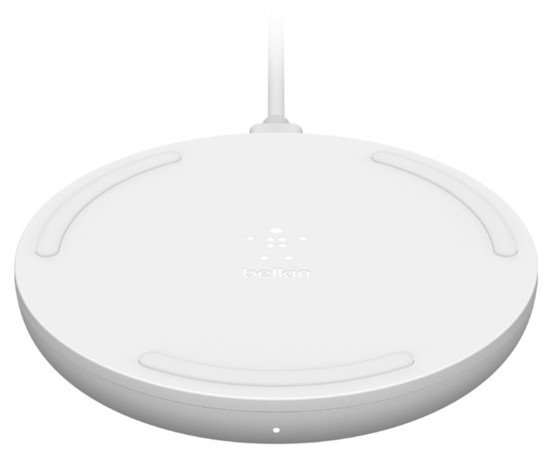
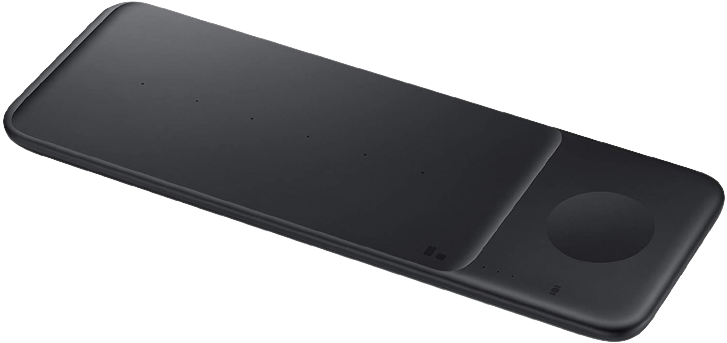
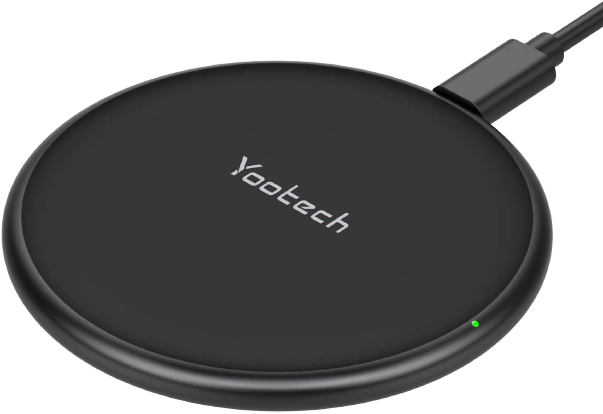

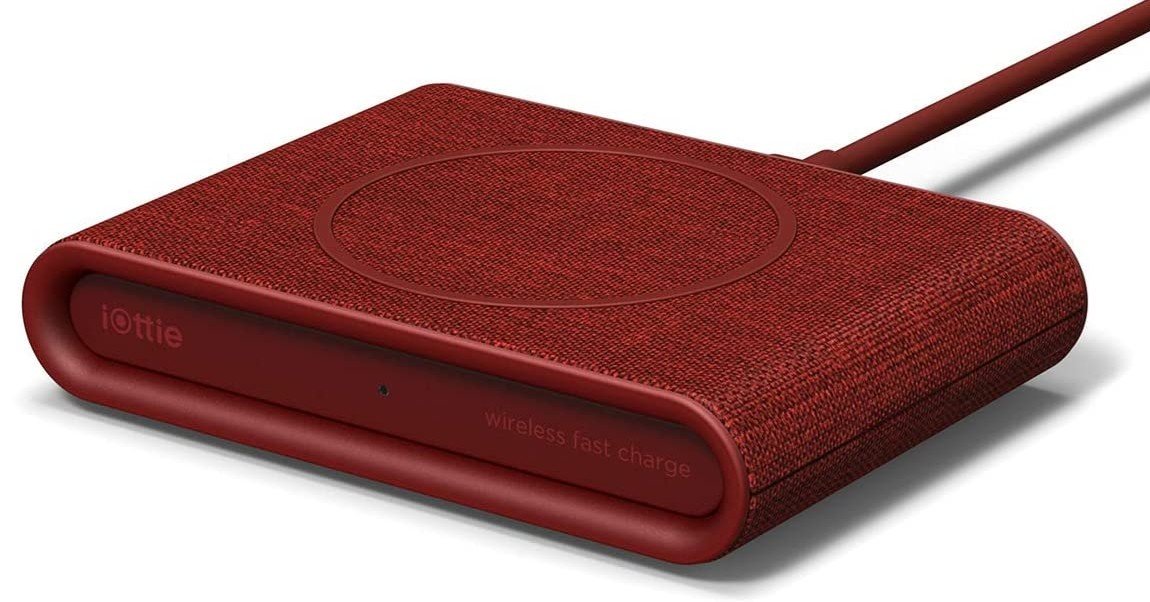
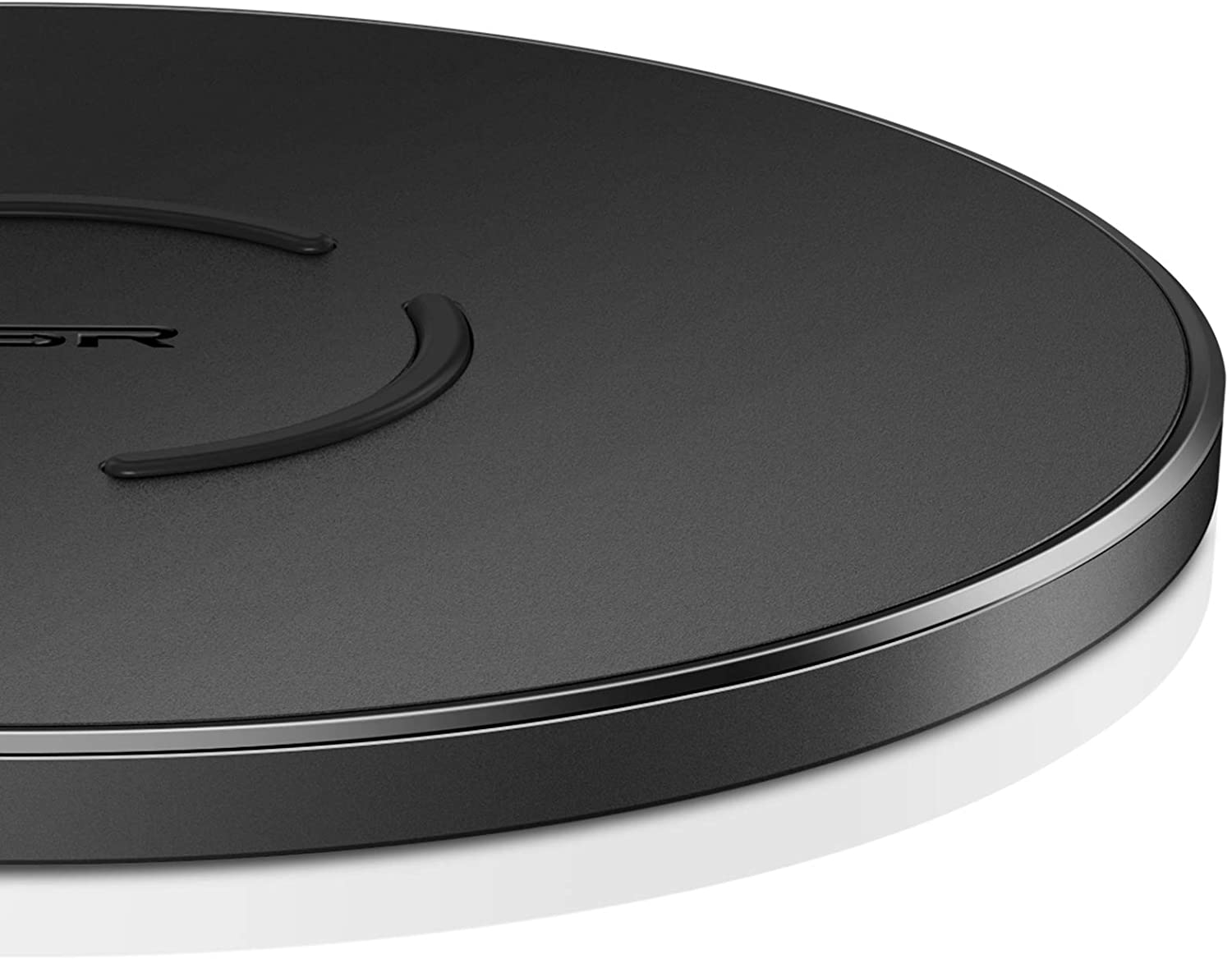
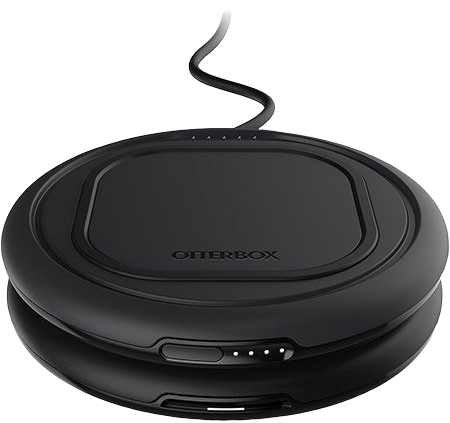
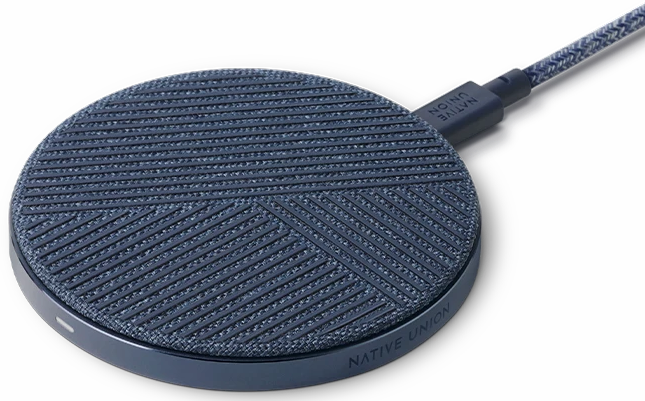
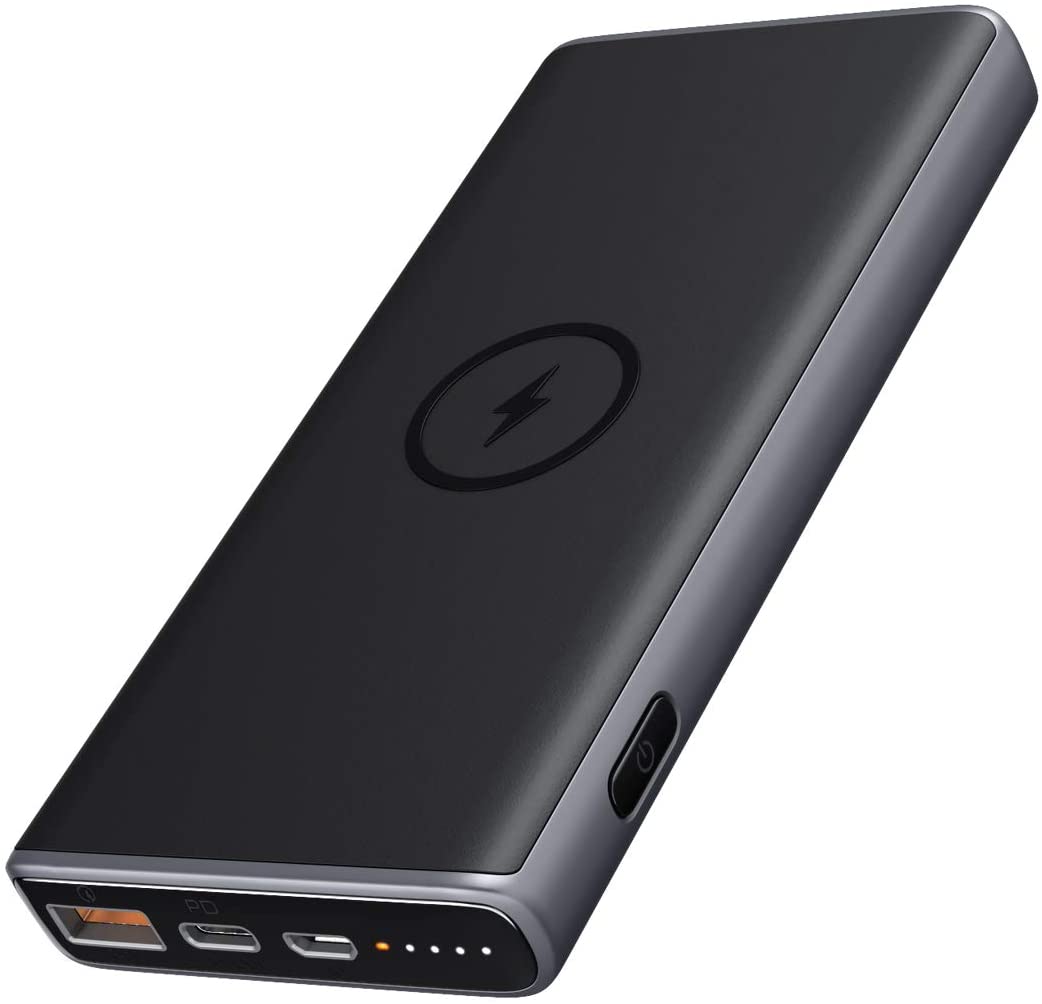
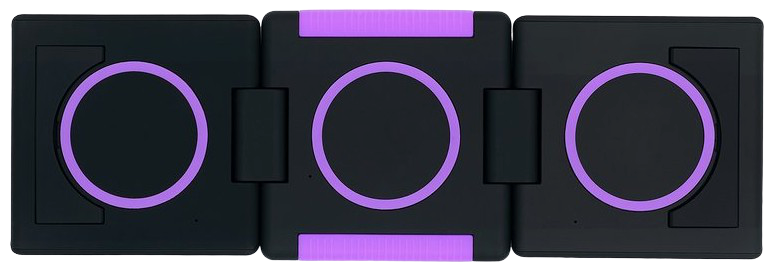
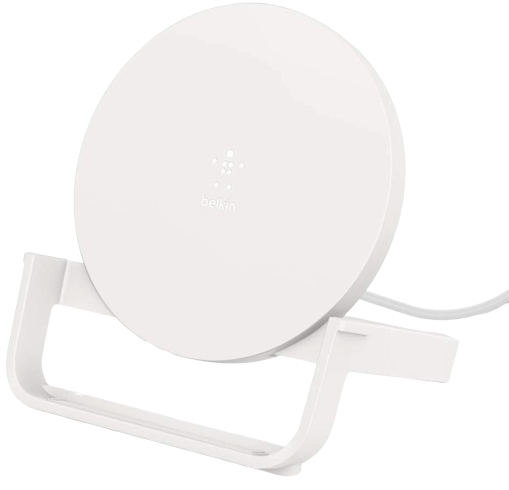
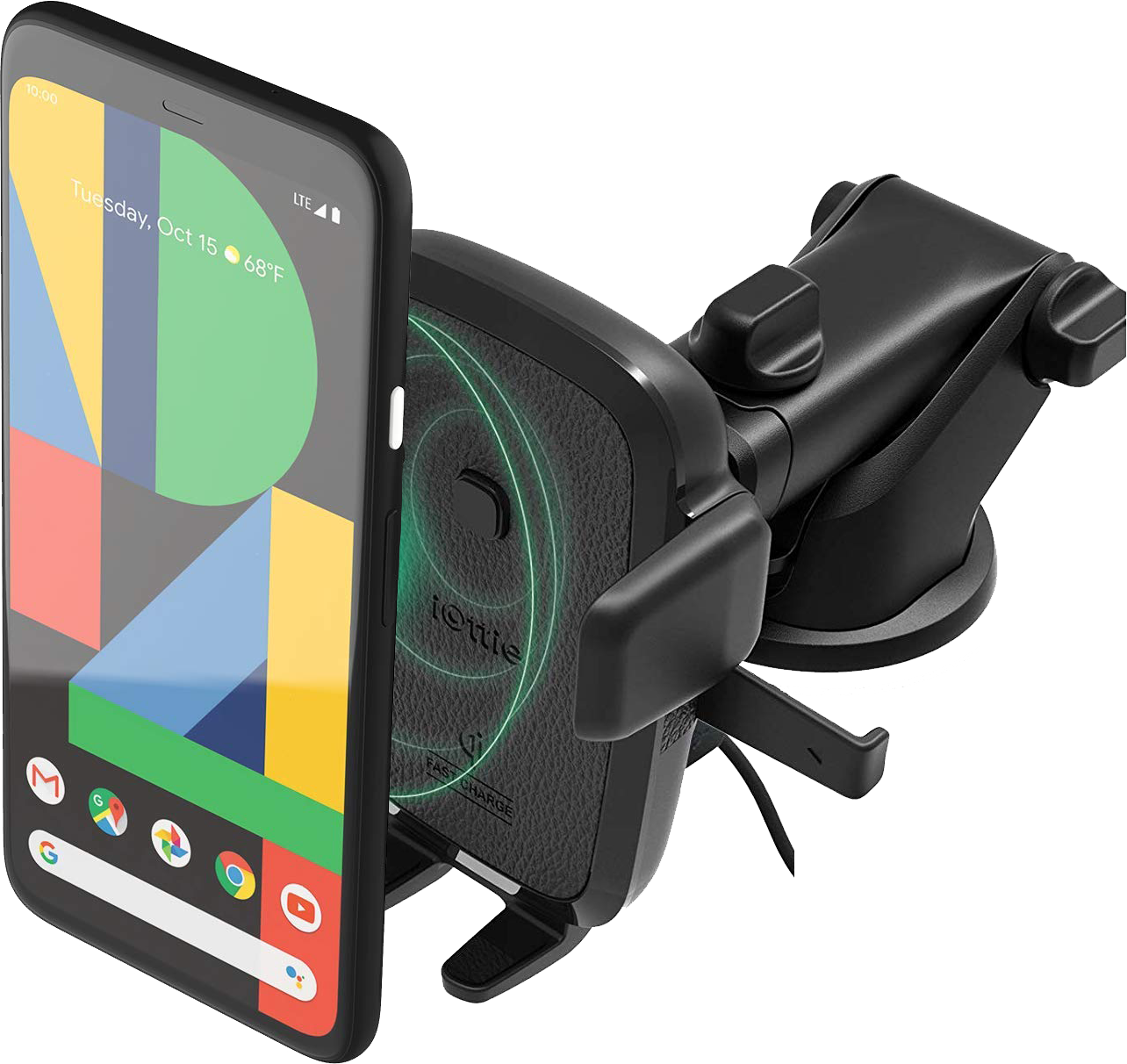
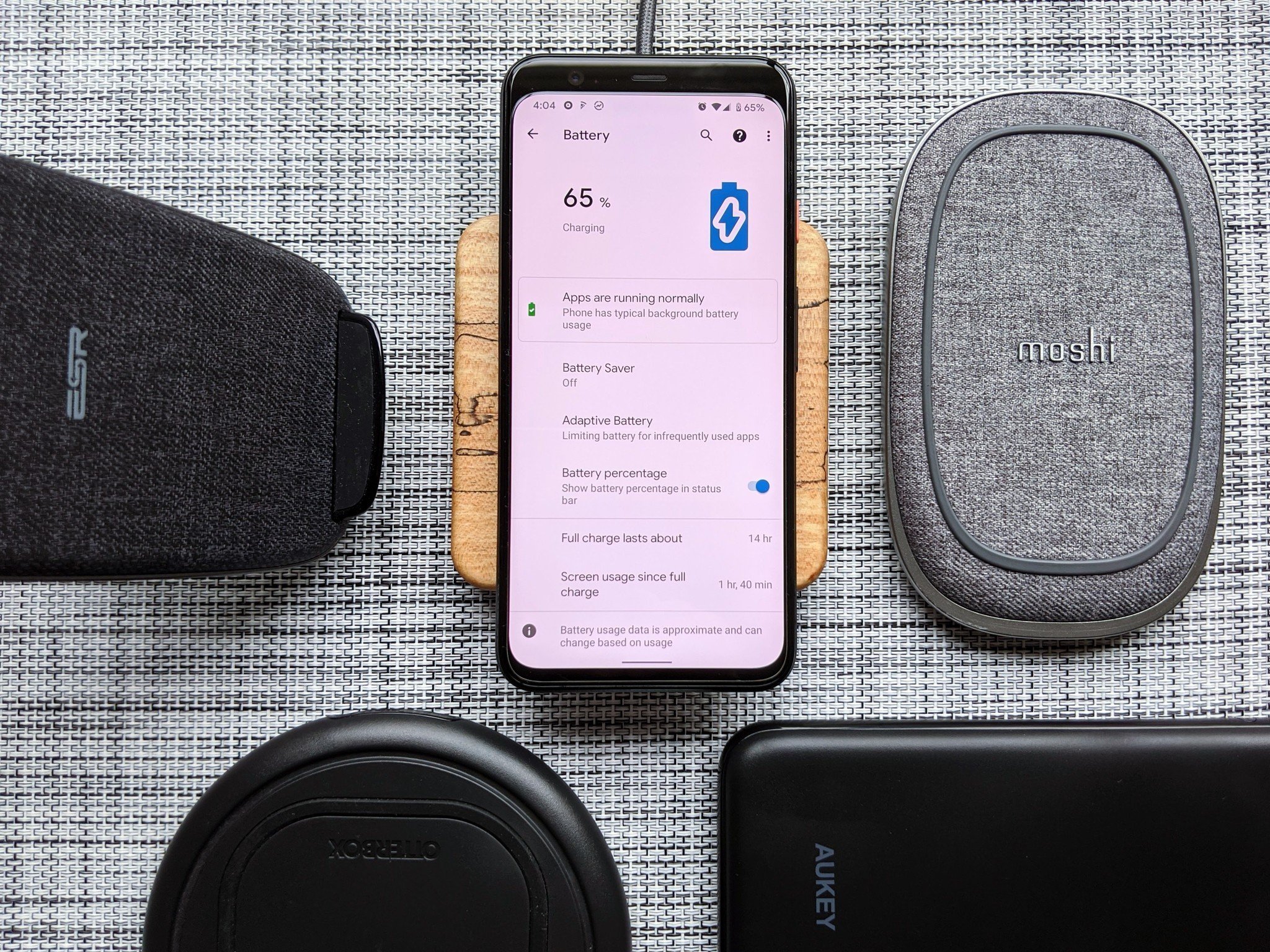
Tidak ada komentar:
Posting Komentar